The Rebellious French Village Making Wine Banned by the E.U.
Beaumont’s beloved, black market wine is made with outlawed American vines.

On a slow Sunday night at Virginia’s La Table Provencale restaurant, sommelier Christian Borel unveils a prized bottle of Cuvée des Vignes d’Antan. In a hushed, conspiratorial tone, he calls it a “borderline mythical, quasi black-market wine.” It’s made from outlawed jacquez and herbemont grapes, he explains, and is produced by a coop of rebellious vignerons in the Ardéche region of southern France.
Filled with dark garnet-red liquid, the bottle is sealed with shrink wrap. Its label is stamped with vintage information and a line-drawing of a sultry wine goddess. All in all, it looks indistinguishable from something you’d buy at the supermarket.
“This cuvée hails from the tiny, remote village of Beaumont, where it’s been perfected by five generations of local winemakers,” whispers Borel. For the past 84 years, the French government and, most recently, the European Union, has sought to eradicate Beaumont’s grapevines due to their American “blood.” Although the vines are French-American hybrids, they are more than 140 years old. Beaumont’s Association Mémoire de la Vigne makes just 7,000 bottles a year.
Swirled in a glass, the wine offers a floral, fruity aroma of blackberries and what Borel describes as “hues of violet and peony.” Letting it breathe, hints of “vanilla, mild spice, and licorice” emerge. A sip brings thick, pleasantly rounded flavors “backed by firm structure, a finish of supple, smoothed-out tannins …” and a taste that is uncannily “like its bouquet.”
In a word, it’s good.
“This wine should be celebrated as others are,” says Hervé Garnier, the 66-year-old Association Mémoire de la Vigne president and founder. Garnier loves Beaumont, which is situated in Cévennes National Park along France’s highest mountain range, and is home to groves of chestnut trees, wild boar, and high rocky cliffs. Its centuries-old stone buildings have terracotta roofs and rocky terraces, and are etched into the hillsides overlooking the Beaume River. Since its founding in the 11th century, sheepherders have practiced transhumance—moving herds to summer in alpine meadows—by way of traditional paths. They are some of the last in the world to do so.
“What wine do you think they carry when they go?” fumes Garnier. “For 150 years, the Cuvée des Vignes d’Antan is the taste of this land. And yet, a ridiculous archaic law tries to destroy it!”
Indeed. If it wasn’t for Garnier and a group of unruly older winemakers, Beaumont’s wine would be lost to history.
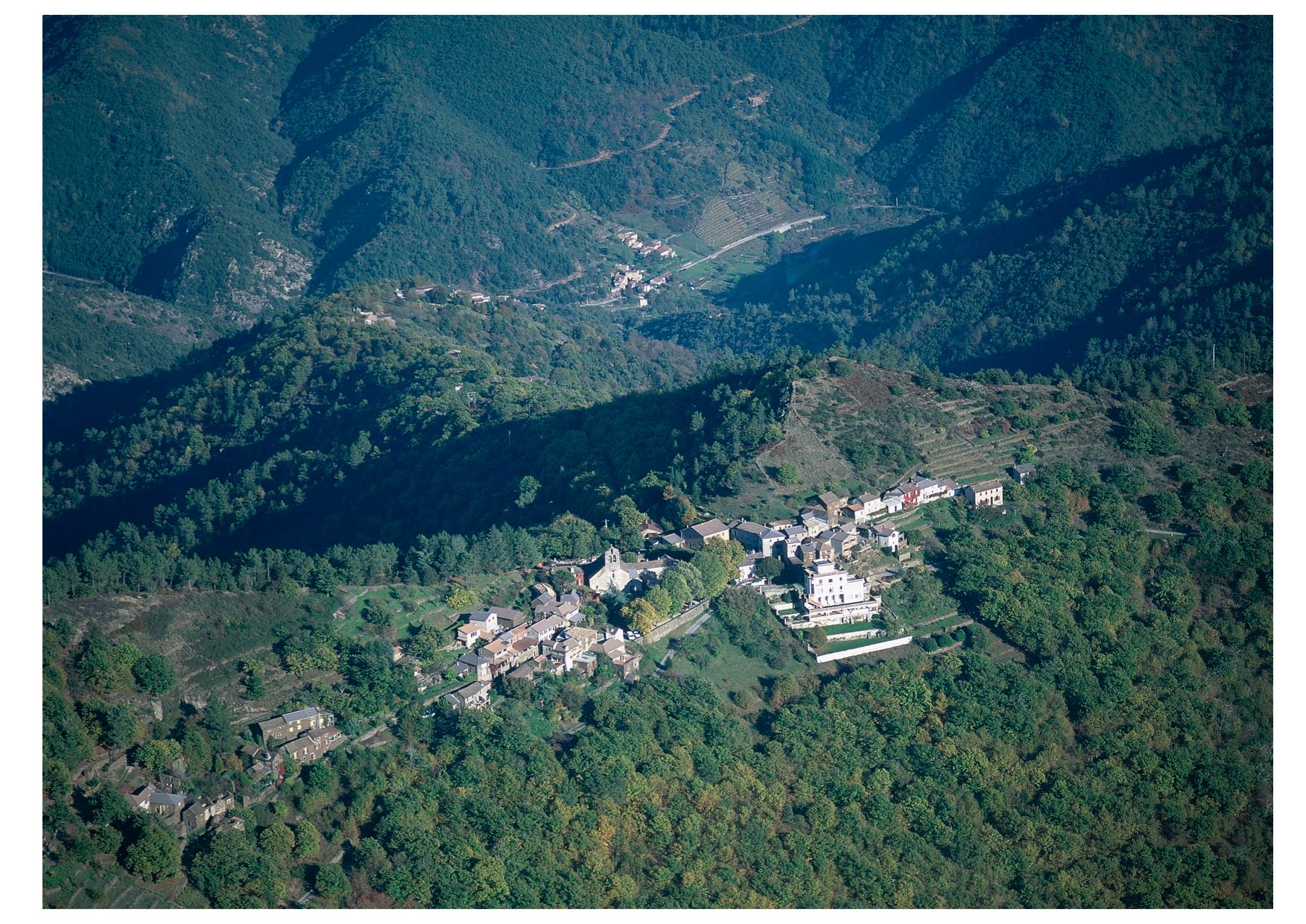
But how did vines with “American blood” come to thrive in one of the most rugged and remote regions in France? And why is their wine outlawed?
The vines’ presence and legal status is the legacy of American vines nearly destroying—and then saving—French wine. In the early 19th century, American grapevines were imported to Europe and displayed as curios and planted decoratively. Along with the vines, however, came a destructive North American aphid, Daktulosphaira vitifoliae, commonly known as grape phylloxera. The insects are nearly microscopic and feed on the tender young roots and leaves of grapevines. By causing deformities in the roots, the infestation renders plants vulnerable to fungal infections. While American varieties were resistant to the bugs, their European relatives were highly susceptible.
“As the vines begin to die, no one can say what is happening, much less how to stop it,” says Garnier. “The result is panic.”
By the mid-1850s, the Great French Wine Blight was underway. Twenty-five years later, “nearly half of overall wine production had ceased,” says George D. Gale, a professor and author of Dying on the Vine: How Phylloxera Transformed Wine. Looking for a cure, viticulturalists took two approaches: The first, to graft French vines to immune American rootstocks. The second, to infuse Europe’s vinifera vines with resistance via crossbreeding.
The French wine establishment was reluctant to “bastardize” their vines with what they viewed as “inferior American specimens,” says Gale. “When Bordeaux winemaker Leo Laliman alerted the wine world to the phylloxera resistance of American vines, he did so with a huge caveat, saying, ‘But their wine is undrinkable.’”
Nonetheless, small vintners and family farmers began making wine from American-European hybrids. Interestingly, hardy characteristics imparted by the American varieties made the vines suitable for regions that were traditionally inhospitable. In the Cévennes mountains, Beaumont’s villagers capitalized on the development, planting jacquez and herbemont grapes in the late 1870s. Though it was unknown at the time, the pair were accidental crossbreeds between vinifera and a native American variety. Recent genetic analysis from the University of Cape Town has shown that jacquez has a 75 percent European derivation.
In practical terms, Garnier says this means “they are much easier to grow and produce similar flavors to traditional French wines, just a bit sweeter.” While its familiarity made the wine acceptable to local palates, its blackberry-esque sweetness was excellent for blending and inspired “great experimentation.”
Remarkably, the Beaumont terroir proved perfectly suited for the jacquez.
“In the valleys of the Cévennes region, optimal conditions of sunlight, shale soils, and sloping exposure allow for the development of a colorful, rich, flavorful wine,” wrote 97-year-old French vines expert, Pierre Galet, in his 1998 book, Grape Varieties and Rootstock Varieties. Furthermore, the vines’ inborn resistance to disease made them more affordable and easier to manage than grafted vinifera, because they did not require regular application of chemical treatments to prevent pestilence.
“For the villagers of Beaumont, this [was] a godsend,” says Garnier. By adding grapevines to their gardens, they could make enough table wine to last all year. And they quickly discovered that “it is like the vines are made for this place.”
As local vintners shared secrets and competed to make the best wine, their product was increasingly standardized. “What they produce becomes like a legend,” says a reverent Garnier. “It is a taste that, in all the world, exists in this tiny village alone.”

For more than 50 years, the vines thrived under the loving care of Beaumont’s villagers. Then came the government ban which, in 1935, made it illegal to grow vines with American “blood.” France had been experiencing increasing wine surpluses for years, and when the government sought to cut production, European-American hybrids made an easy target.
“That is insane,” scoffs Garnier. “What they want is to force farmers to stop making wine and buy from the big vineyards.”
Galet agrees the ban was preposterous, but for a different reason. “It was nationalistic,” he says. American vines had brought the phylloxera disaster to France and would, as such, remain forever accursed.
“From the very start, the French position was that if a vine had any American ‘blood,’ its wine would be of a lower quality,” says Gale, the professor and author. “In the mind of official France, American vines remained suspect, and their wines inferior.” Even in the Americas, the majority of winemakers sought to plant imported European vines.
Despite the ban, French farmers initially held firmly to their vines. But in the 1950s, when the government began offering 1,500 francs for each hectare uprooted, that began to change. Three years later, 30 percent of France’s hybrids were gone. Considering the results inadequate, officials upped the ante: a fine of 3,000 francs per hectare and 10-90 days of jail time for recidivism. Additionally, a Reefer Madness-esque campaign of propaganda was instituted.
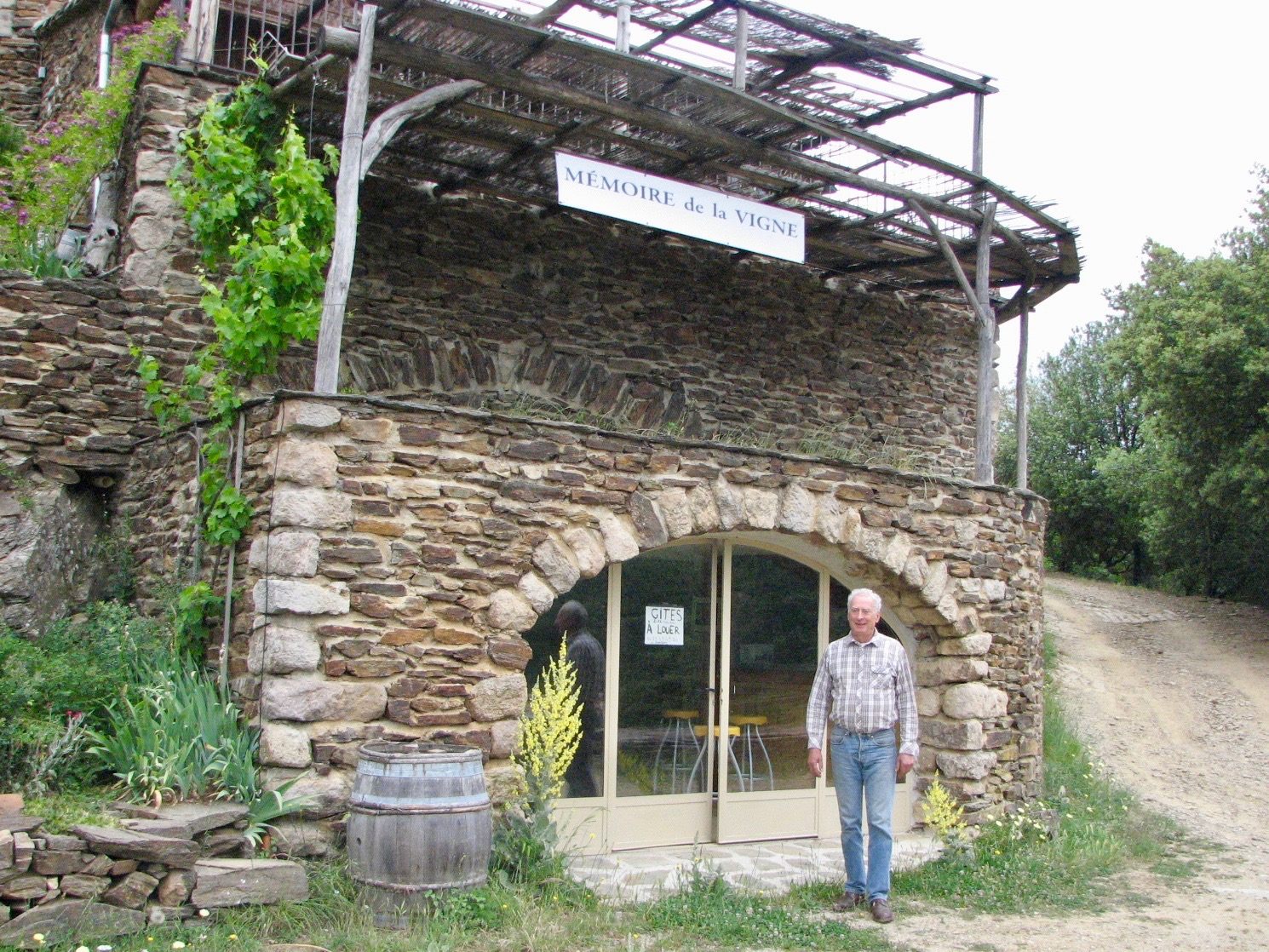
“The government issued posters and pamphlets saying wine from hybrids contained excess quantities of methyl alcohol, which was ‘proven to cause madness,’” says Borel. “Of course, the claims had no scientific basis, but it took decades for that to be proven.”
By then, the initiative had achieved its goal. Outside of rural areas, public opinion shifted toward rampant disfavor. Unfamiliar drinkers had been dissuaded from tasting and therefore potentially supporting the wines.
Following further restrictions in the early 1960s, only 8,585 hectares of hybrid vines remained by 1968. Most of that land, says Galet, was protected by a loophole granting farmers aged 65 and older the right to produce wine for personal consumption from preexisting vines. However, those rights were set to expire with the farmer.
“Here, it did not matter so much,” says Garnier. Due to Beaumont’s remoteness, the inspectors simply left it alone. “The people go on doing what they are doing, paying no mind to this Paris rule that is pure nonsense.”
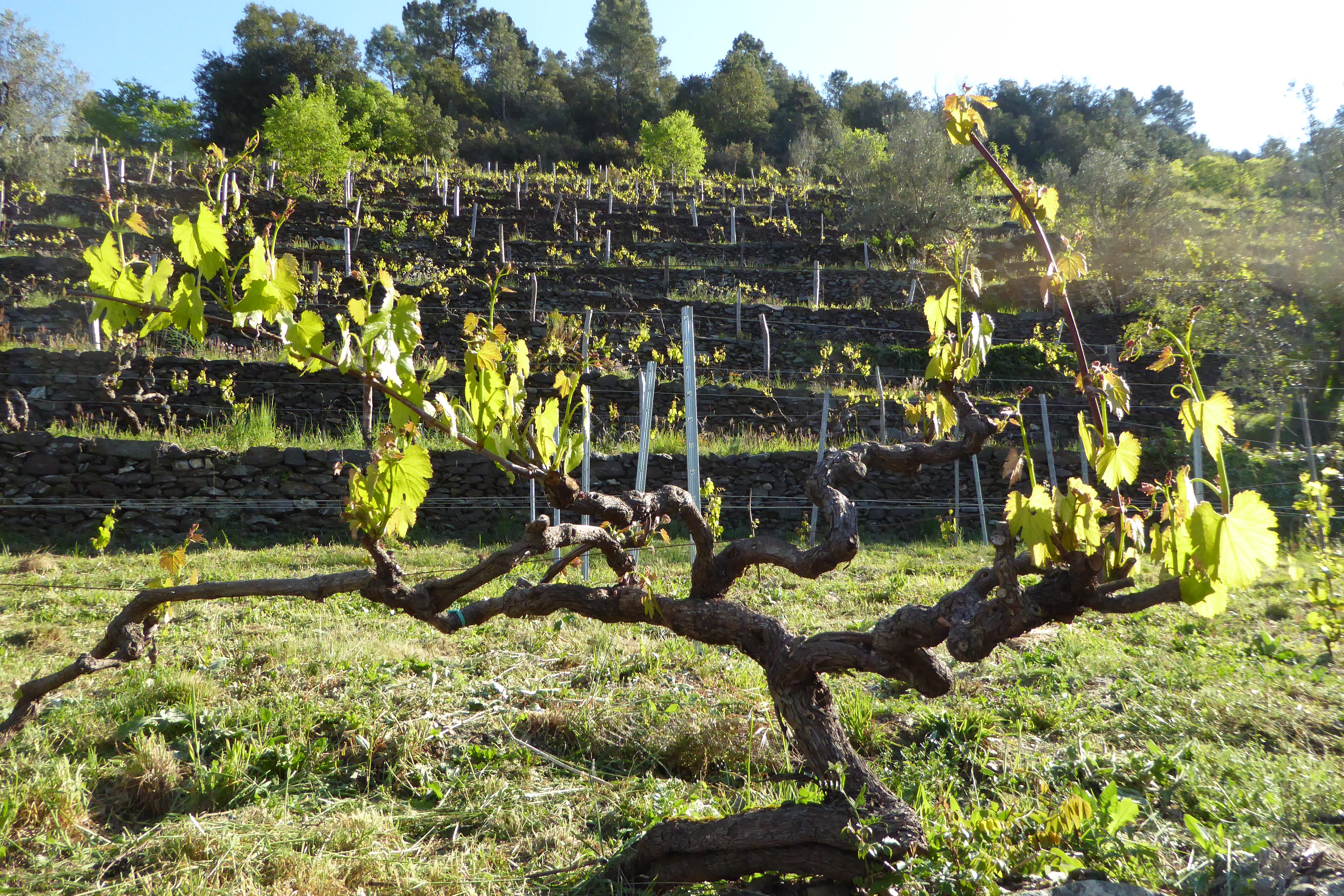
Such was the case when Garnier arrived in Beaumont in 1970. That day, the 18-year-old had set out walking from his family home in Franche-Comté. He’d hitched a ride, and 451 kilometers later, the driver dropped him off in the 200-person village.
“I have no destination in mind and so I go where he goes,” Garnier recalls, laughing. “Though he carries me to the middle of nowhere, I have this feeling, like, this is where I am supposed to be.”
Young Garnier fell in love with the mountains, blue-green river, rocky escarpments, and stone homes with their vine-laden terraces. Friendly old men took him into their homes, fed him meals, and shared their delicious homemade wine. Within days, Garnier had decided to buy land—in particular, the ruins of a more than 800-year-old abbey and vineyard.
It took years to earn enough money—by studying roofing and carpentry and repairing neighbors’ terracotta roofs—and even more years to slowly rebuild the abbey and its surrounding terraces. He’d learned viticulture in the family vineyard, so he nursed the property’s wines back to life too. Along the way, he learned to make local wine from the area’s aging patriarchs. It wasn’t until the early 90s that he discovered the vines were illegal.

It happened after the death of a neighbor. In an effort to preserve the landscape, Garnier convinced the new owner to allow him to restore the vineyards. Combining them with his own and those of a dozen or so local farmers—all of whom were in their 60s and 70s—Garnier proposed they work together to commercialize Beaumont’s wine.
“Just like that, we become partners in a business,” says Garnier. Once again, his project required funding. “I created the Mémoire de la Vigne in 1993 to try to collect operating budgets and consult with professional winemakers … That’s when I learn the wine I intend to make is prohibited for sale.”
Baffled, Garnier threw himself into research. It didn’t take long to unearth the conflicted history of Beaumont’s beloved jacquez vines: In addition to the institutional revile of France, the European Commission had adopted the ban on American hybrids in 1979.
Meanwhile, he learned something else. Because the village was situated within the boundaries of the Cévennes National Park, its vines were technically protected by French laws meant to conserve what UNESCO described in 2011 as a “living historical landscape.”
“French national parks are singular in that they not only focus on unique terrains, but they attempt to also capture unique ways of life, and to preserve both,” says Gale. In a spectacular irony, despite rules mandating their extirpation, the “patrimonial cultivation of jacquez was, in effect, a nationally protected folkway.”

Establishing his association as a begrudged but official patrimony meant Garnier could provide wine to “user-members.” Upon purchasing a yearly “subscription” for 73 euros, members are shipped six bottles of Cuvée des Vignes d’Antan. The group currently has 770 members from 10 countries—including the American sommelier Christian Borel. Its vineyards include about 30 hectares of land, though there are plans for expansion. Some winemakers have passed away, but their children and grandchildren have taken up the mantel.
“A few choose to live here, but many family members drive in to help with the harvest each October,” says Garnier. Additional participants include viticultural students and young winemakers.
Using its membership as an active base for lobbying against the hybrid-vines ban, Garnier’s association has become a small but noisy political faction. In the late 90s, the group funded scientific research that disproved governmental claims of excess methyl alcohol in jacquez wine. And for more than 20 years, Garnier has been sending collectively signed protest letters to the EU and anyone that will listen. Most recently, the group has championed the jacquez and American hybrids’ low environmental impact due to not needing chemical fertilizers and pesticides.
“It is ridiculous that, in 2018, this wine remains forbidden,” says Garnier. “It is like you say dark chocolate is the best, then try to make milk chocolate extinct. That is crazy. Instead, I am for liberty: To my mind, we should celebrate diversity and keep these flavors alive.”
Gastro Obscura covers the world’s most wondrous food and drink.
Sign up for our regular newsletter.









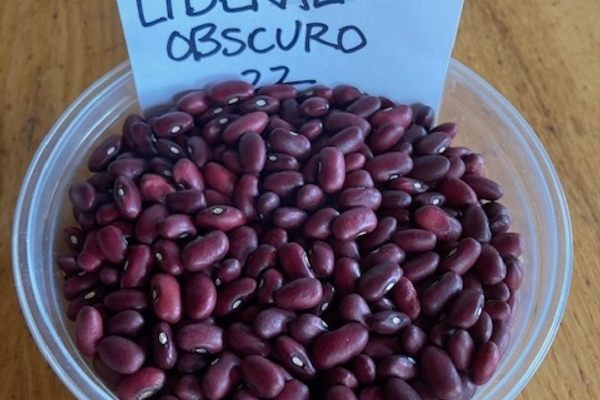













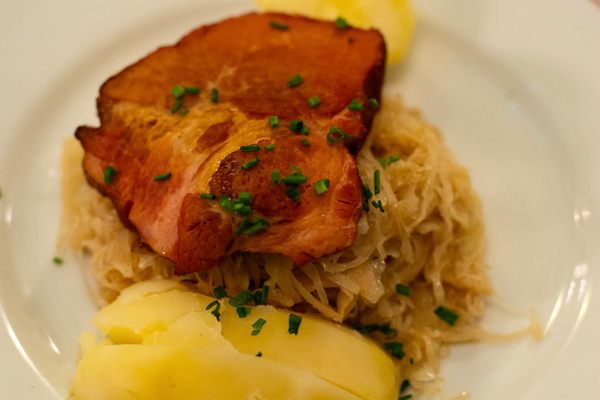
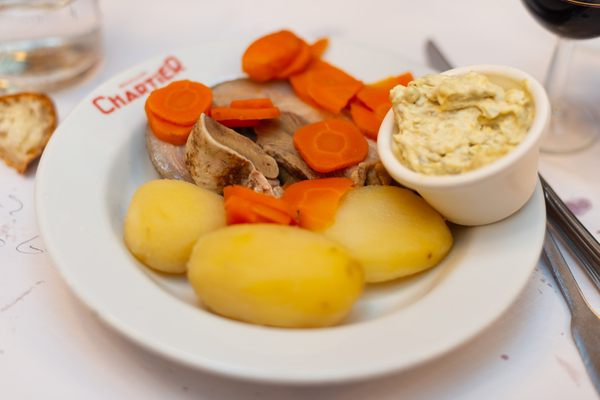


Follow us on Twitter to get the latest on the world's hidden wonders.
Like us on Facebook to get the latest on the world's hidden wonders.
Follow us on Twitter Like us on Facebook